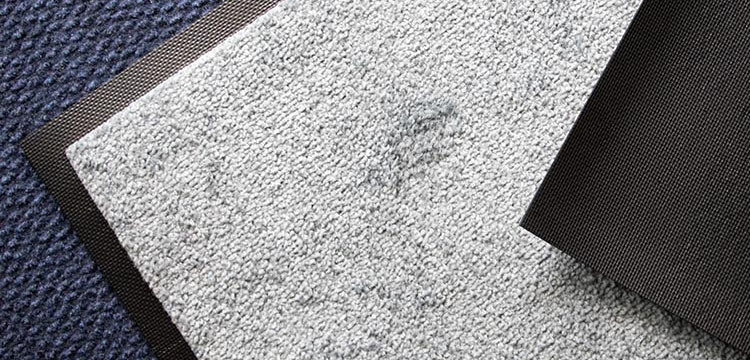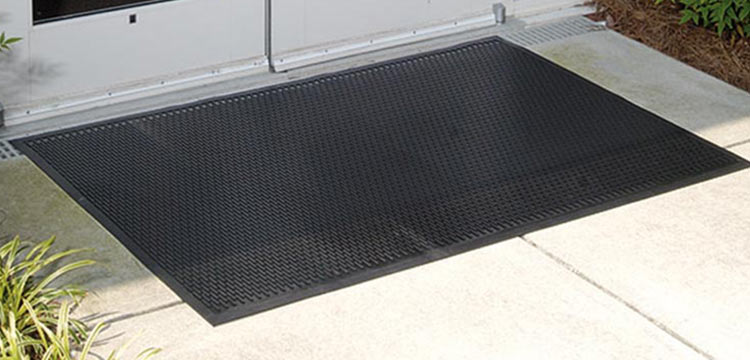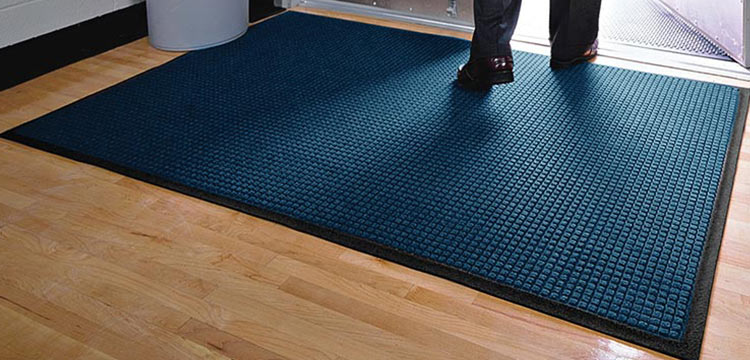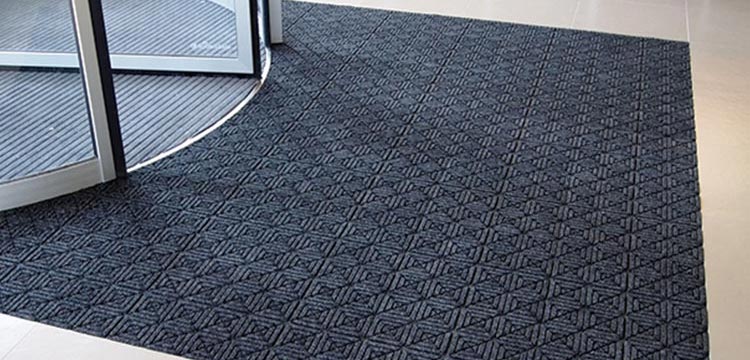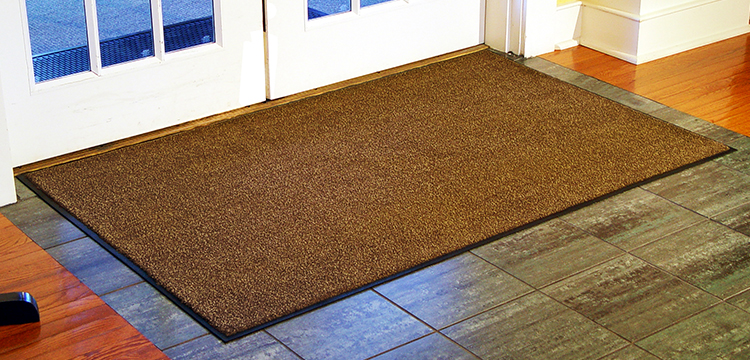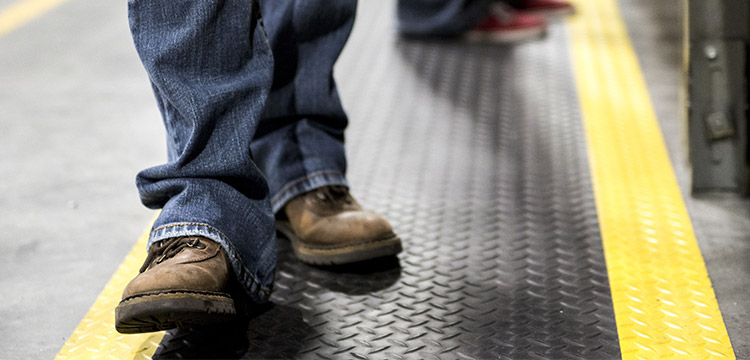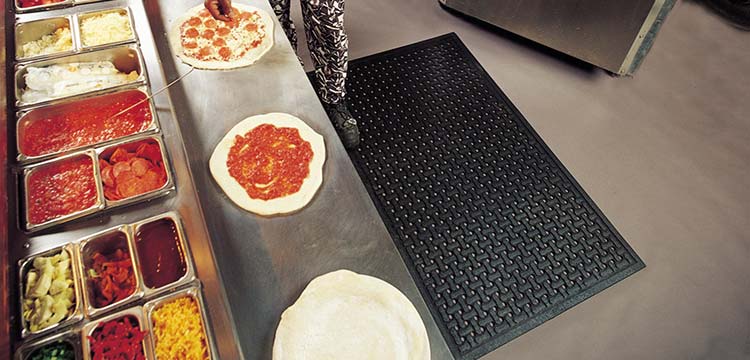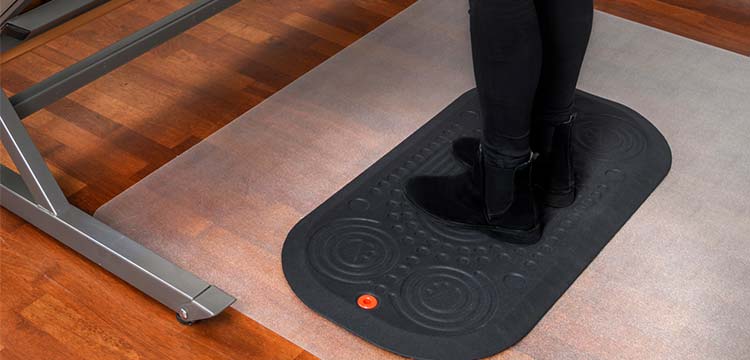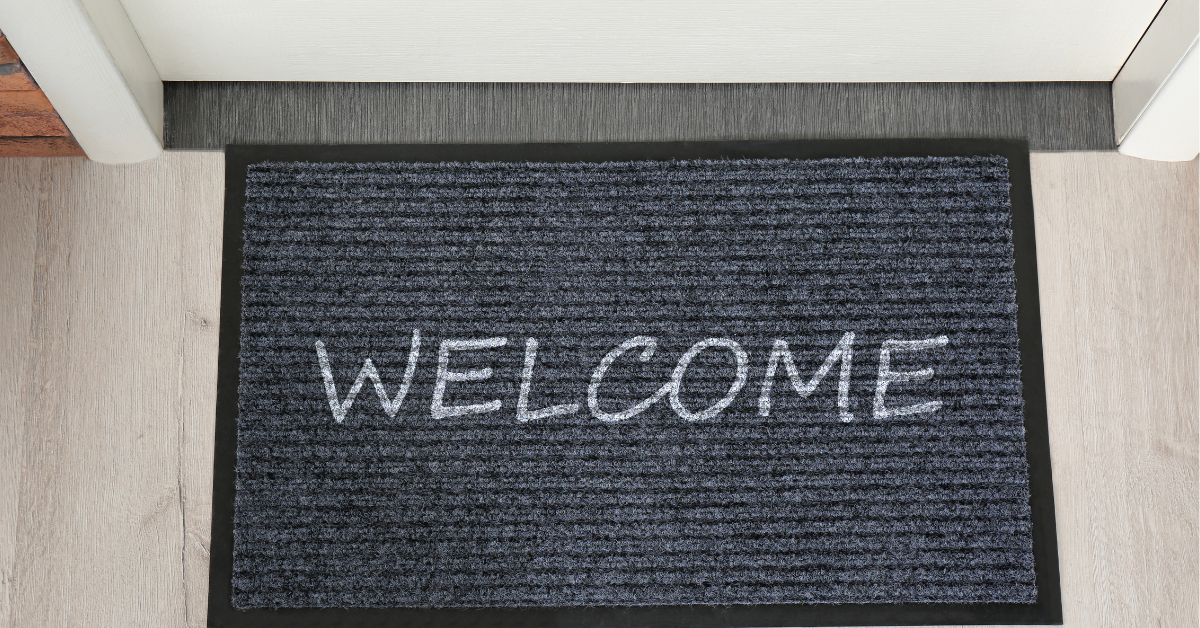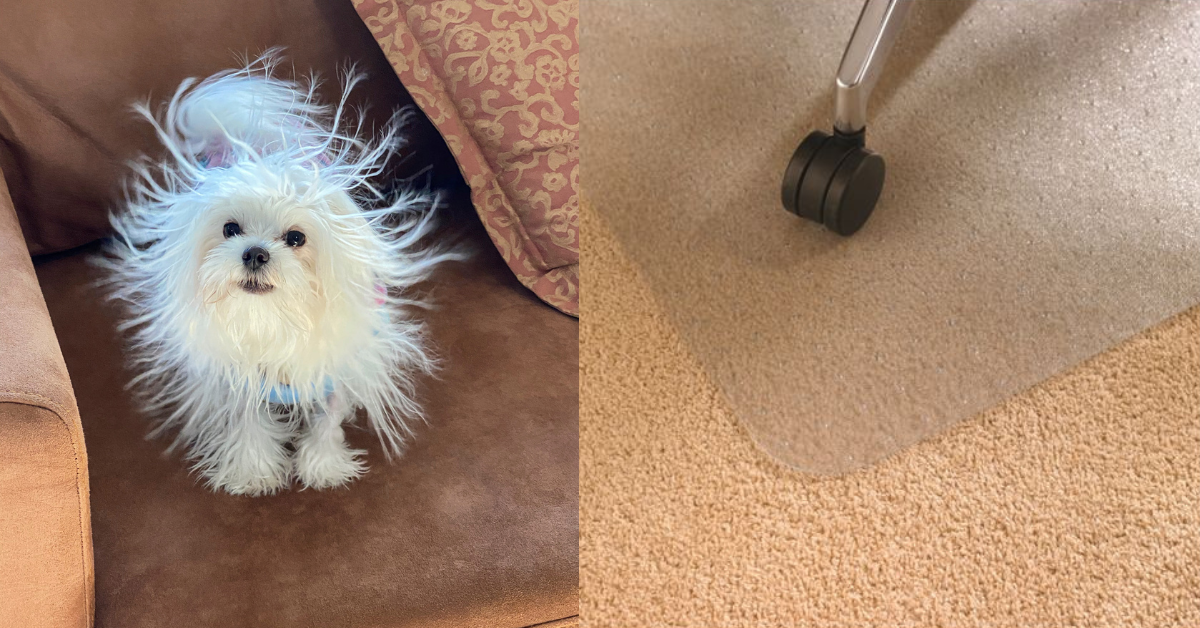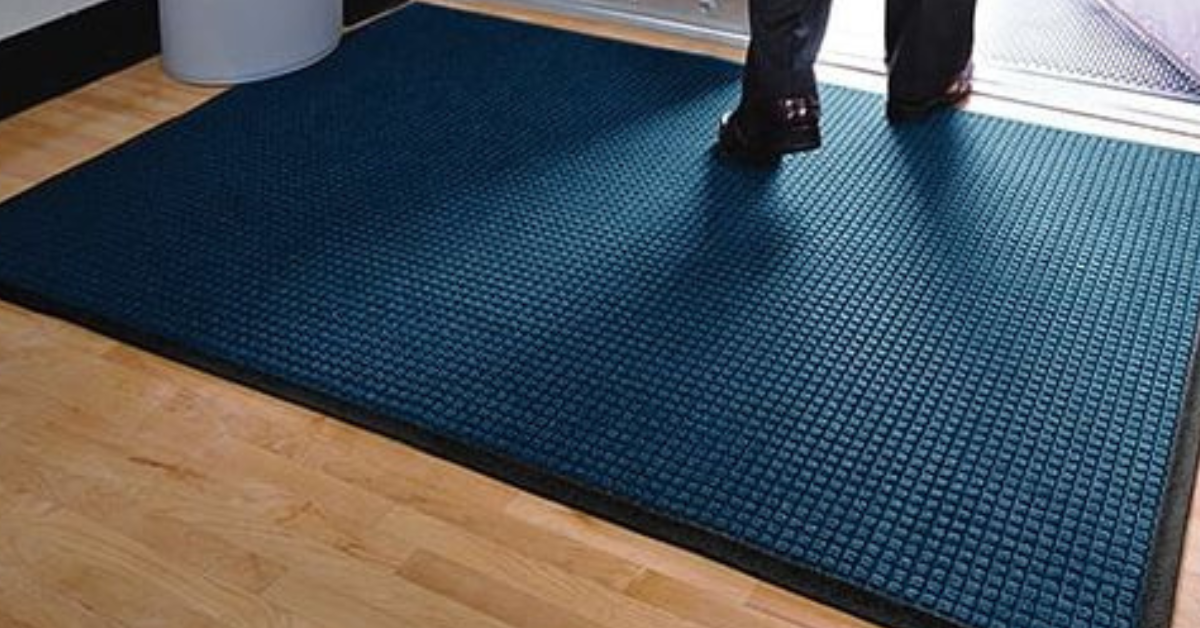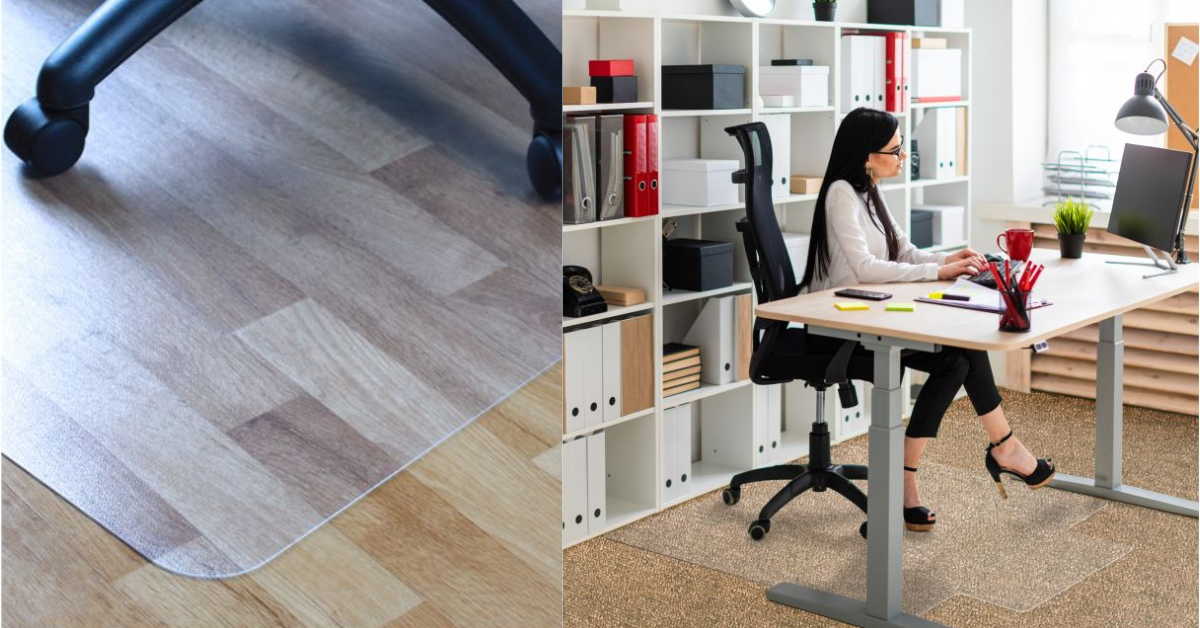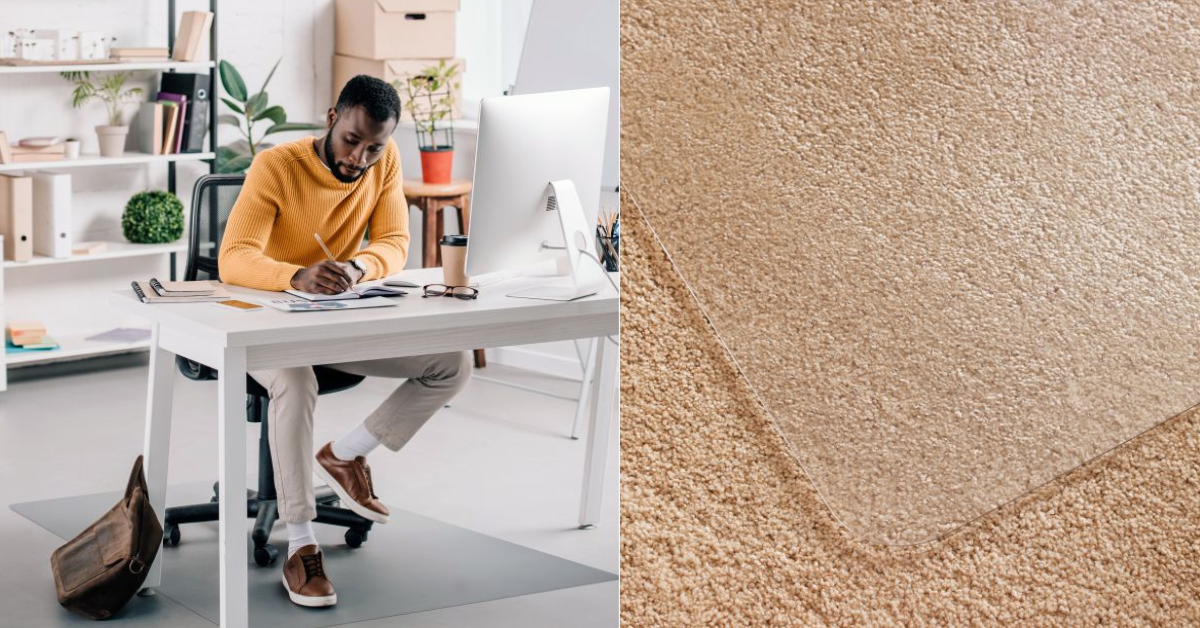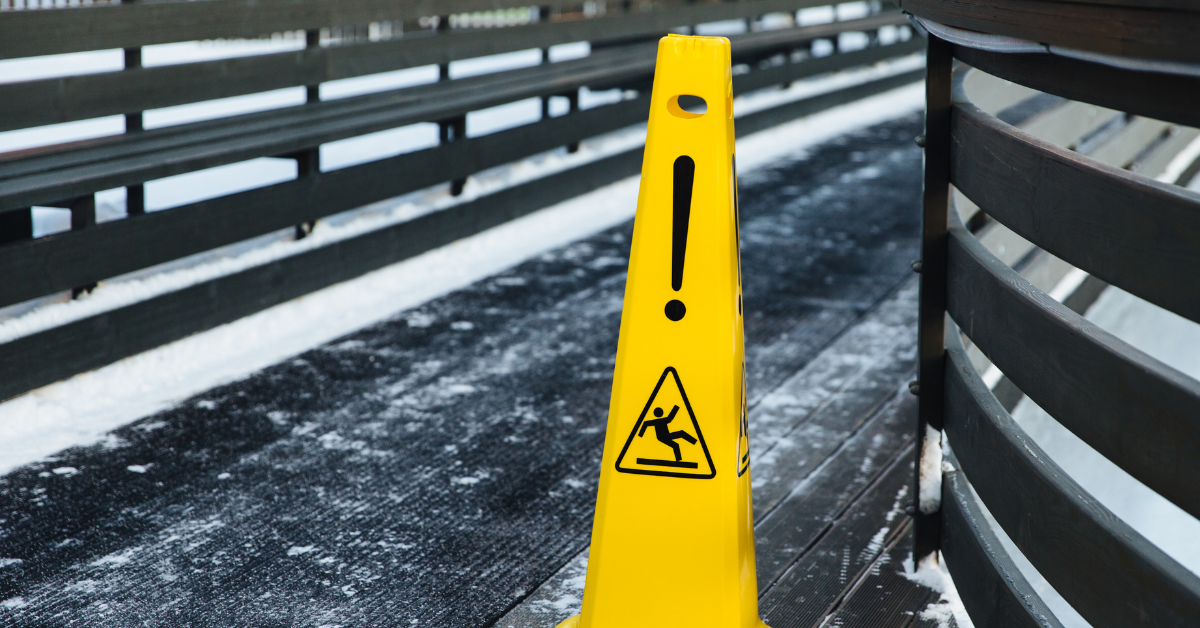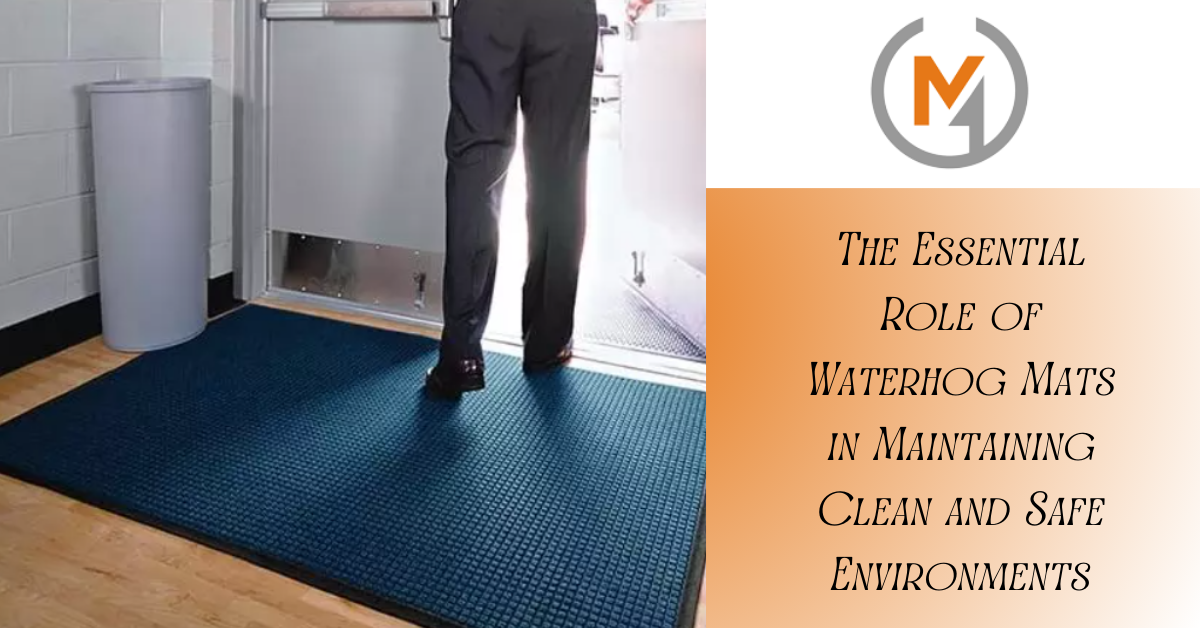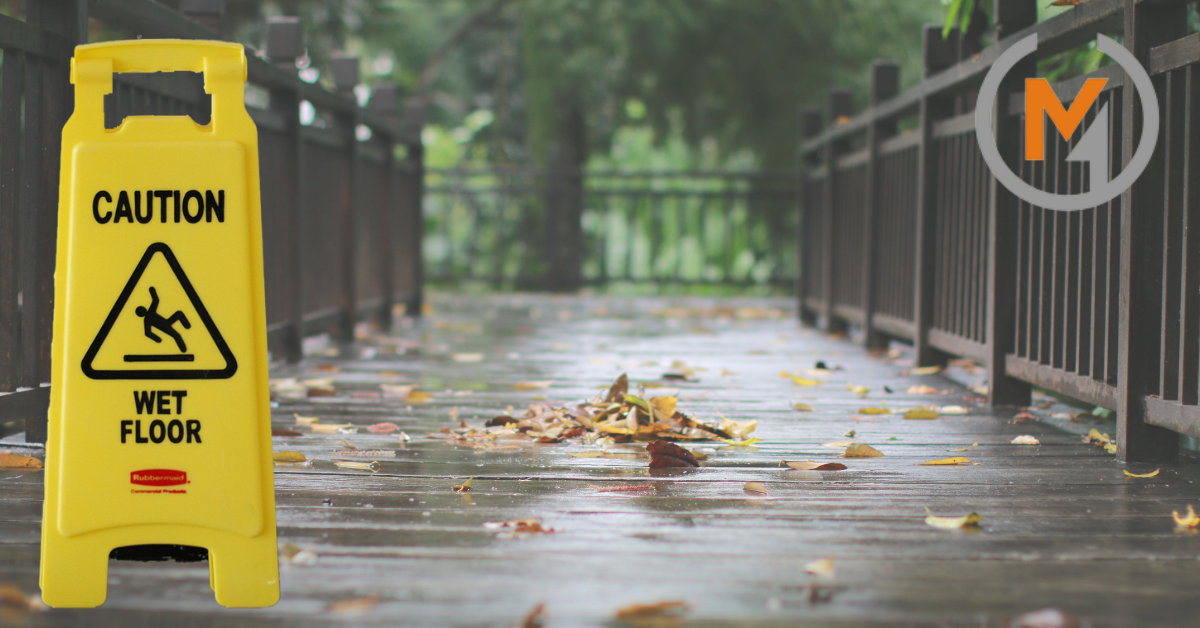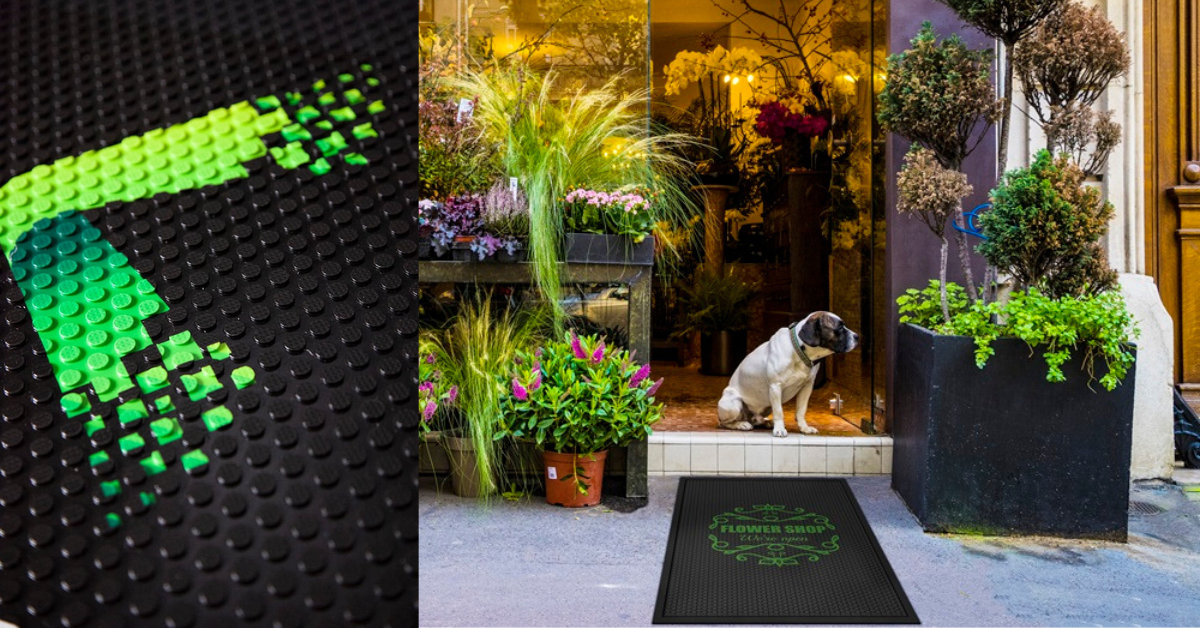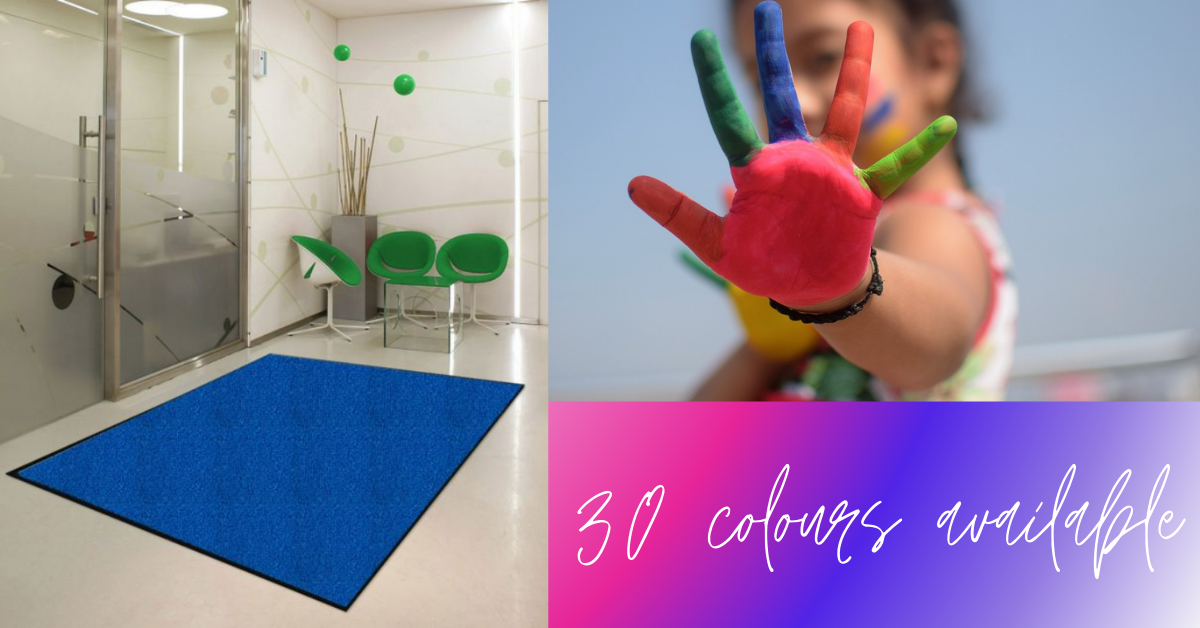Mats to Stop Snow at The Door
- Mats4U Blogger
- Blog
- 14 Dec 2017
- views
Snowfall looks so pretty, especially during the festive season. However, it can make some of us feel very uneasy when trying to get around, with fear of slips and falls. You can't do much about stopping the snow from falling, but you can prevent it from making its way inside your building, helping to prevent wet floors and slip-and-fall accidents inside.
Many businesses and public places will use sand and grit outside of the building to prevent slips and fall on snowy days, but what about stopping the snow from making its way inside on the shoes of visitors?
Here are some things you should consider when choosing the right mats to stop snow:
Outdoor Mats to Stop Snow
To help prevent the snow from coming inside in the first place, you should use outdoor matting. Here are factors to consider when choosing your outdoor mats:
A mat made of rubber
If an outdoor mat is being used to deal with snow, it needs to be able to cope in extreme temperatures. This means the mat needs to be made with a rubber material, that is resistant to all types of weather. Cheaper materials, such as PVC or Vinyl, may be prone to cracking and splitting in very cold temperatures.
A mat with holes
The last thing you need is snow just sitting on top of the mat. Having a mat with holes and drainage will allow the snow to fall away from the standing surface, leaving the mat with some traction underfoot.
A mat that scrapes
The mat needs to be able to scrape snow from the bottom of footwear as visitors walk over the mat. As well as snow, it should also scrape off any grit or salt that has been used to prevent slips outdoors.
Indoor Mats to Stop Snow
An outdoor mat will do its best to prevent snow from coming inside, but on very snowy days, indoor matting will also need to help out. Here are some factors to consider when choosing your indoor mats:
Bi level construction
Similarly to the outdoor mat, the last thing you need is the snow sitting on top of the standing surface. With a bi-level mat, any snow that makes it into the building on the footwear of visitors will fall to the lower level of the mat. The bi-level construction will prevent the snow from being further tracked into the building, which may create wet and slippery floors.
A mat that dries quickly
Once inside, the snow will start to melt. This means that the matting used indoors needs to be constructed using a fast drying material, so that they face of the mat does not become sodden and slippery. Wed recommend a mat with a polypropylene or nylon face.
A mat that scrapes AND wipes
The outdoor mat will do the initial scraping job, so the indoor mat needs to finish scraping any snow, salt and grit from shoes that wasn't removed by the outdoor mat. It will also need to wipe the shoes to help try them and prevent wet footprints throughout your building.
3 Mat Entrance System
In order to combat snow, we recommend a 3 mat entrance system:
An outdoor scraper mat with holes
An Indoor Bi-Level Scraper/Wiper Mat
A Finishing Mat for Drying
Contact Mats4U
We've listed above all of the factors to consider when choosing mats to combat snow, and have even given some mat suggestions from our website. If you require further help, please do not hesitate to contact us on 0121 313 6747 or [email protected] and we will be more than happy to advise you.

